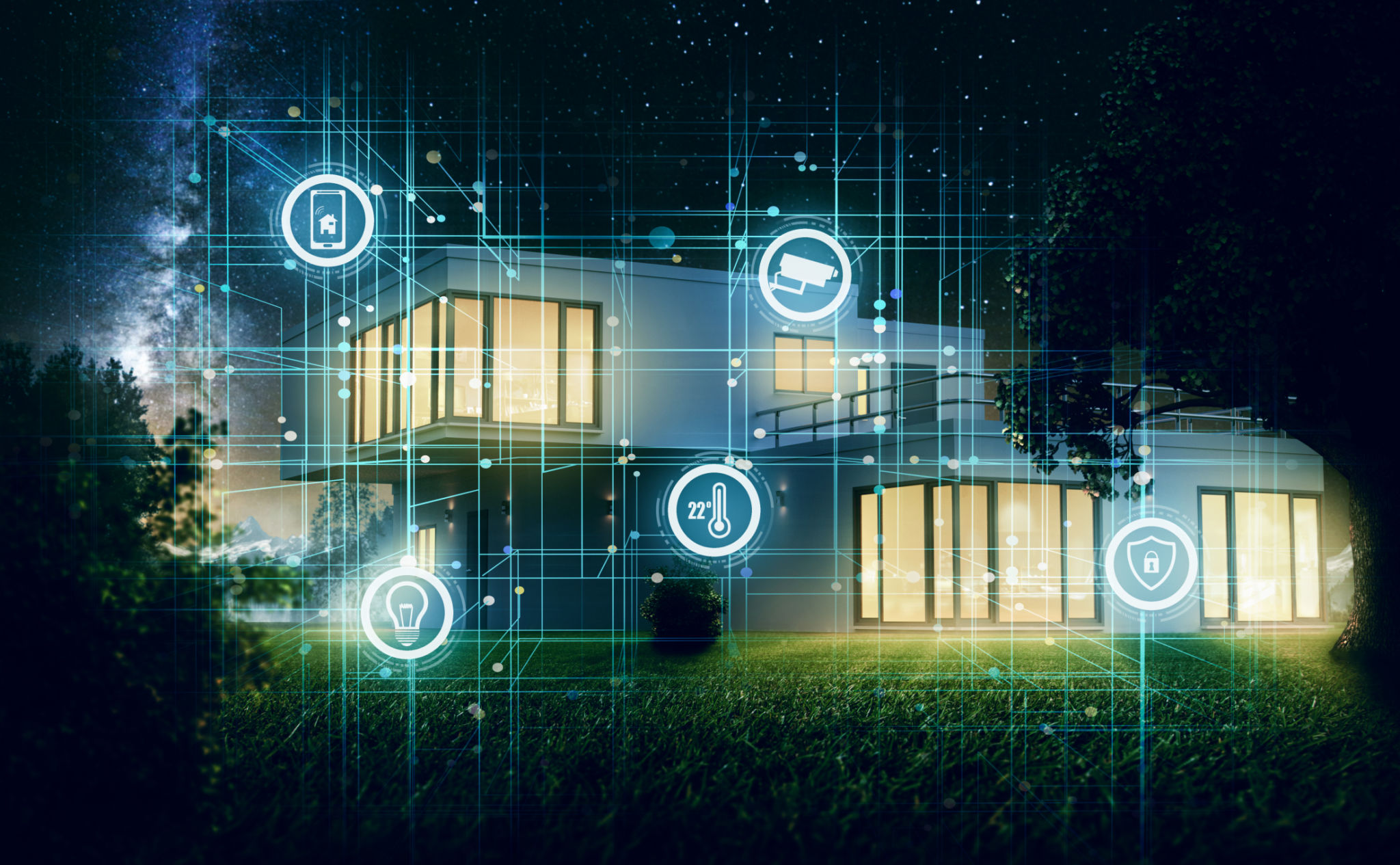Understanding the Latest Trends in Home Security Technology
Introduction to Modern Home Security
In recent years, home security technology has evolved significantly, offering homeowners more advanced and reliable solutions to protect their property. With the advent of smart technology and the Internet of Things (IoT), modern security systems are more integrated and sophisticated than ever before.

Smart Cameras and Surveillance Systems
One of the most notable advancements in home security is the development of smart cameras and surveillance systems. These devices offer high-definition video quality, night vision, and even facial recognition capabilities. Some systems are equipped with motion detection and can send instant alerts to your smartphone, allowing you to monitor your home in real-time from anywhere in the world.
Integration with Smart Home Devices
Smart cameras can be seamlessly integrated with other smart home devices, such as lights and alarms. This integration allows for automated responses to potential security threats, such as turning on lights when motion is detected, which can deter potential intruders. The ability to access and control these devices remotely adds an extra layer of convenience and security.
The Rise of Smart Locks
Traditional locks are becoming a thing of the past as smart locks gain popularity. These innovative locks offer keyless entry, allowing homeowners to unlock their doors using smartphones or biometric data like fingerprints. Some smart locks can also generate temporary access codes for guests, making it easy to control who enters your home.

Enhanced Security Features
Many smart locks come with additional security features such as automatic locking when the door closes, tamper alerts, and integration with other security systems. These features provide peace of mind by ensuring that your home remains secure even if you forget to lock up.
Home Automation for Security
Home automation systems are transforming the way we approach security. By connecting various devices and appliances within a home network, homeowners can create a customized security ecosystem that meets their specific needs. Automation can include setting schedules for lights and alarms or using sensors to detect unusual activity.
Voice Control and AI Integration
The integration of voice assistants like Amazon Alexa and Google Assistant with home security systems has made controlling these systems even more intuitive. Voice commands can be used to arm or disarm alarms, lock doors, and check surveillance footage. Additionally, artificial intelligence is being leveraged to analyze data from security devices, providing insights into patterns and potential vulnerabilities.

The Importance of Cybersecurity
As more homes adopt smart security solutions, cybersecurity has become a critical concern. Ensuring that your home network is secure is essential to protect against unauthorized access and potential data breaches. Homeowners should regularly update their devices' firmware and use strong, unique passwords to safeguard their systems.
Future Trends in Home Security
Looking ahead, the future of home security technology is promising. We can expect further advancements in AI-driven analytics, enhanced biometric authentication methods, and even greater integration with smart city infrastructure. Staying informed about these trends will help homeowners make educated decisions when upgrading their security systems.
Conclusion
The latest trends in home security technology offer unprecedented levels of protection and convenience. By understanding and embracing these innovations, homeowners can create safer living environments tailored to their needs. Whether through smart cameras, locks, or automation, the future of home security is both exciting and secure.
